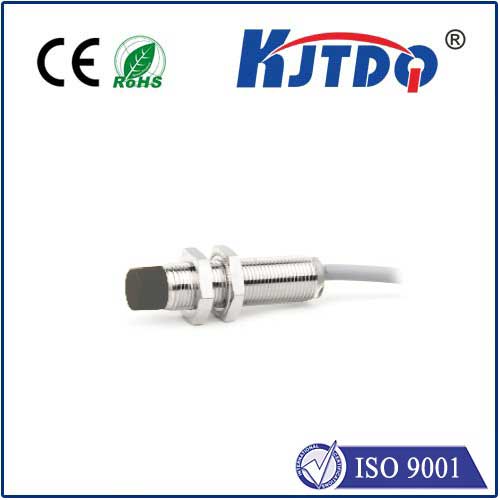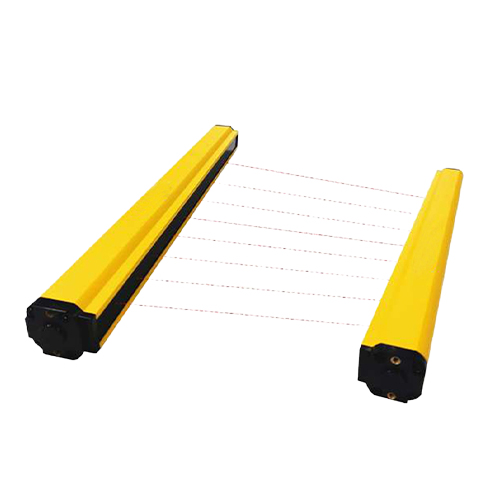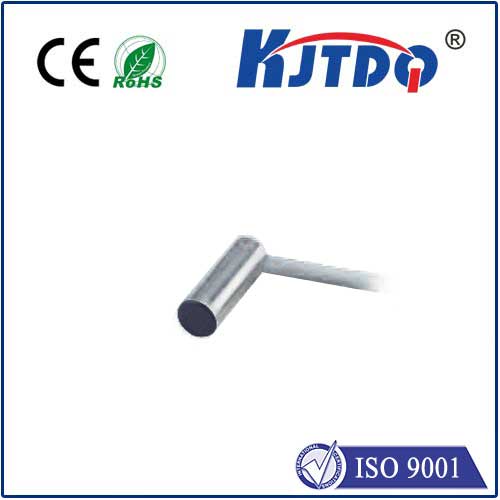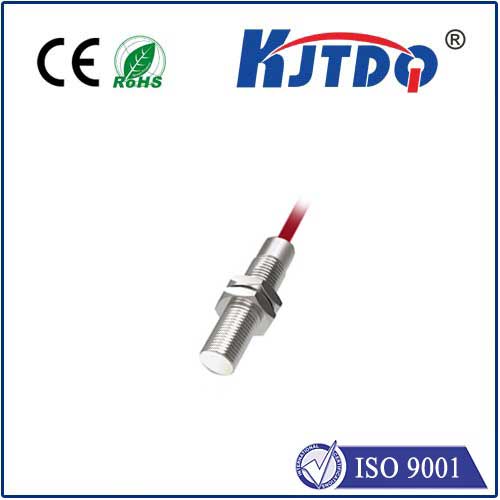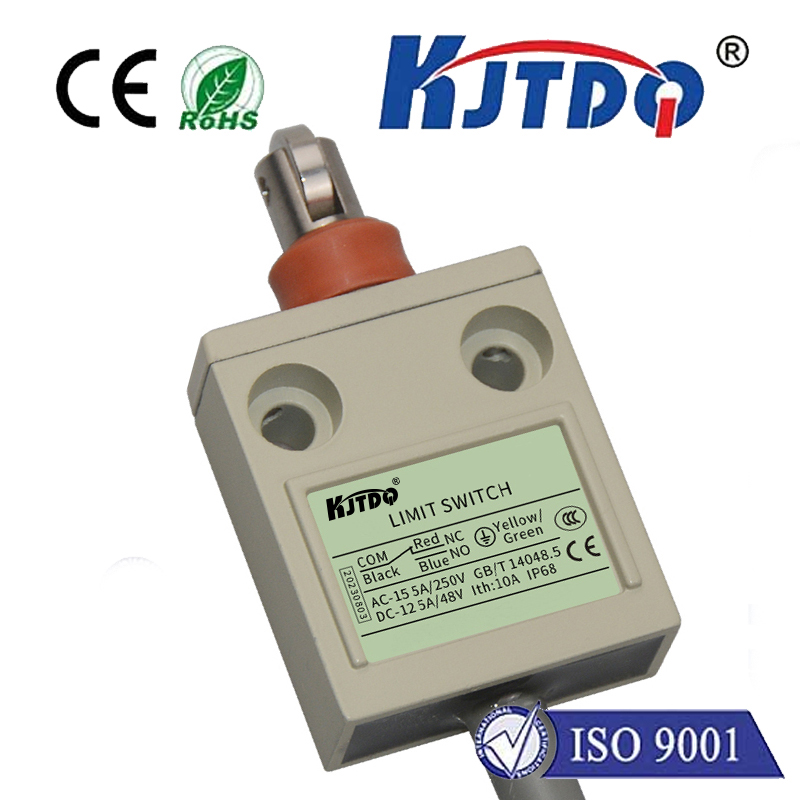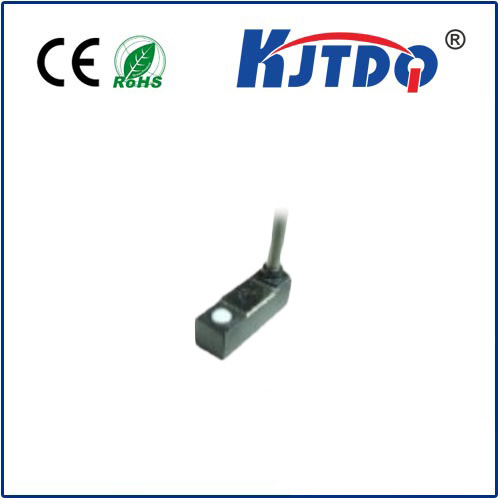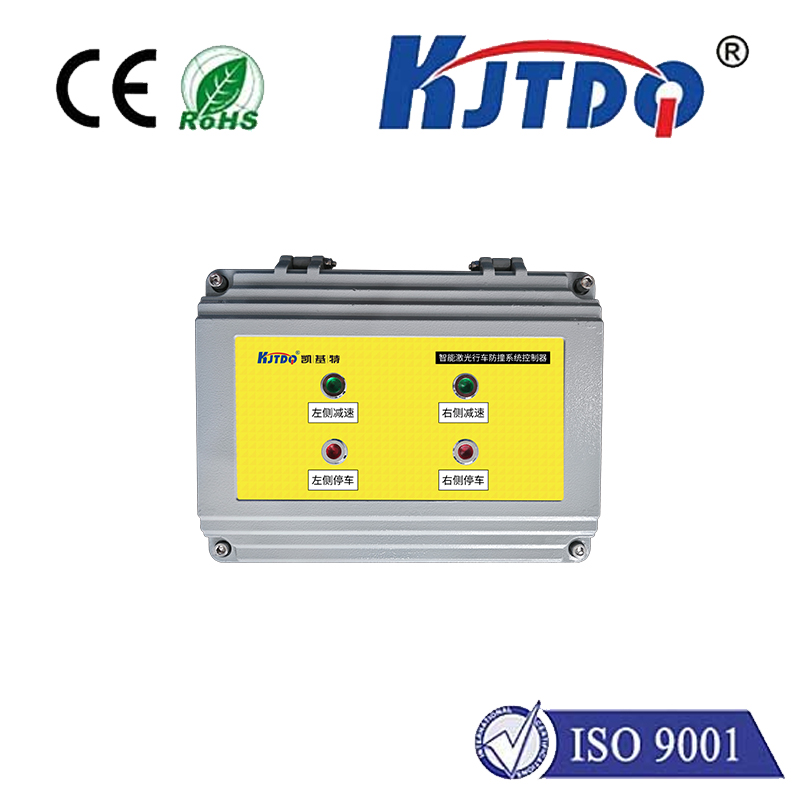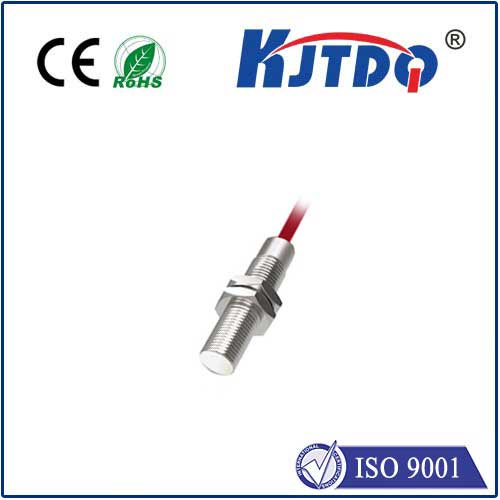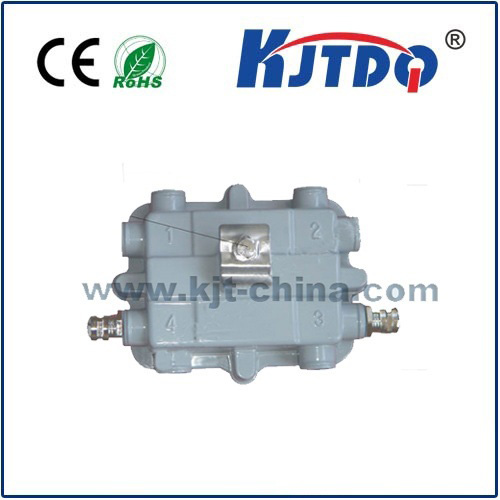

check

check

check

check

check

check

check

check

check

check
Fiber Optic Photoelectric Sensor: The Future of Sensing Technology
The advent of fiber optic photoelectric sensors has revolutionized the field of sensing technology. These sensors, which utilize light to detect changes in physical quantities, offer a range of benefits over traditional sensing methods. In this article, we will explore the features and applications of fiber optic photoelectric sensors, highlighting their potential to transform various industries.
Firstly, let us understand what a fiber optic photoelectric sensor is. A fiber optic photoelectric sensor consists of an optical fiber that transmits light from a source to a detector. When the light encounters a change in physical quantity, such as temperature or pressure, it causes a change in the properties of the light wave. This change is then detected by the sensor, which converts it into an electrical signal for further analysis.

One of the key advantages of fiber optic photoelectric sensors is their high sensitivity and accuracy. They can detect even微小的变化 in physical quantities with great precision, making them ideal for applications where precise measurement is critical. Additionally, these sensors are immune to electromagnetic interference, ensuring reliable operation in harsh environments.
Another significant benefit of fiber optic photoelectric sensors is their flexibility. They can be tailored to meet specific requirements by changing the characteristics of the optical fiber or the detection system used. This makes them highly versatile and adaptable to a wide range of applications, from industrial automation to biomedical sensing.
In terms of applications, fiber optic photoelectric sensors have already made significant strides in various industries. In the manufacturing sector, they are used for quality control and process monitoring, helping to improve efficiency and reduce waste. In transportation, they are employed for vehicle safety systems, such as collision avoidance and lane departure warnings. In healthcare, they play a crucial role in medical diagnostics and patient monitoring.
Moreover, fiber optic photoelectric sensors have the potential to transform other industries as well. For instance, they could revolutionize agriculture by enabling precision farming techniques that optimize crop yields while minimizing resource usage. Similarly, they could enhance energy efficiency in buildings by providing accurate data on temperature and humidity levels.
In conclusion, fiber optic photoelectric sensors represent a significant advancement in sensing technology. With their high sensitivity, accuracy, flexibility, and immunity to electromagnetic interference, they offer numerous benefits over traditional sensing methods. As their applications continue to expand across various industries, it is clear that these sensors will play an increasingly vital role in our future technological landscape.

